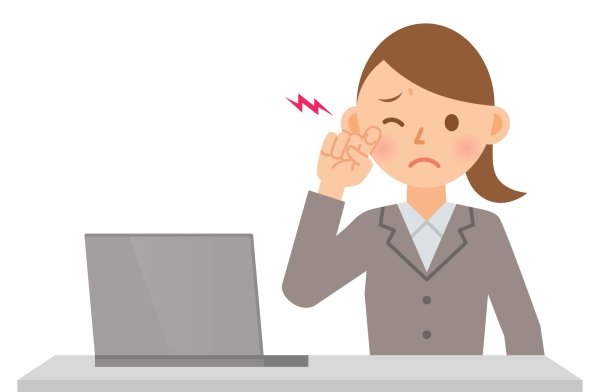
Grittiness, burning, irritation, redness, itching, tearing — if these symptoms sound familiar, you could be one of the many who suffer from dry eye. Dry eye is a condition where tears lack sufficient moisture and lubrication, which are necessary to maintain good eye health and clear vision. Tears not only wash away dust, but also soothe the eyes, provide oxygen and nutrients to the cornea and help defend against eye infections by removing harmful bacteria. This condition has a multitude of causes, but generally stems from the following factors:
Age: As we age, eyes naturally become drier. Typically, people older than 65 experience some dry eye symptoms
Gender: Women are more likely to develop dry eye due to hormonal changes during pregnancy, from using oral contraceptives and following menopause
Medications: Decongestants, antihistamines and antidepressants can reduce tear production and increase the likelihood for dry eye
Medical Conditions: Health issues associated with arthritis, diabetes, Sjogren’s syndrome and thyroid problems can lead to dry eye symptoms
Environment: Dry climates and exposure to wind and smoke may trigger dry eye
Eyewear/Surgery: Contact lenses may cause dry eye or make eyes less comfortable if they are dry, and some eye surgeries may lead to a temporary decrease in tear production
Cosmetics: When the lid margin is coated with heavy makeup, it can block the openings of the oily glands, which help lubricate the eye.
Nutrition plays a big role in health, including vision, and dry eye and are closely linked. Studies have pointed to a simple and effective treatment for dry eye — eating more of the right fish. Salmon, tuna, herring, mackerel, and other cold-water fish are rich in omega-3 fatty acids and can help reduce inflammation, enhance tear production, and support the eye’s oily outer layer by increasing oil that flows from the glands at the end of the eyelids (called the meibomian glands). If fish doesn’t sound appealing, nutritional supplements can also be incorporated into a diet to help ease the symptoms of dry eyes. Artificial tear drops, ointments, and capsules can also be used to help stimulate or maintain tear production and guard against future tear loss.